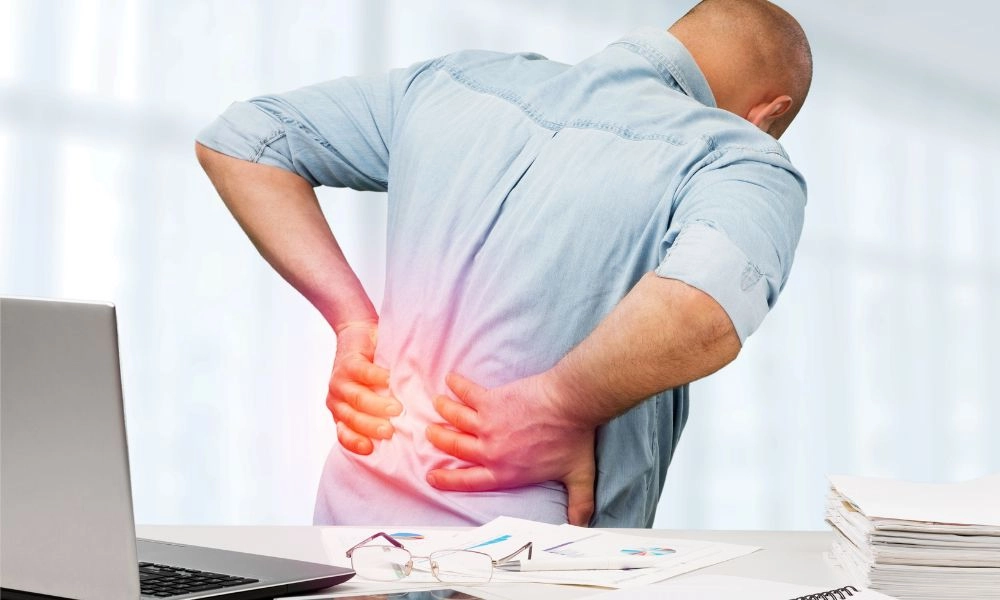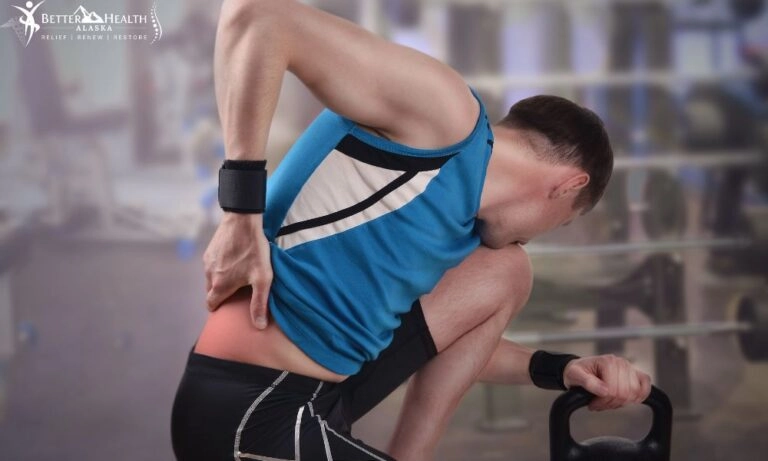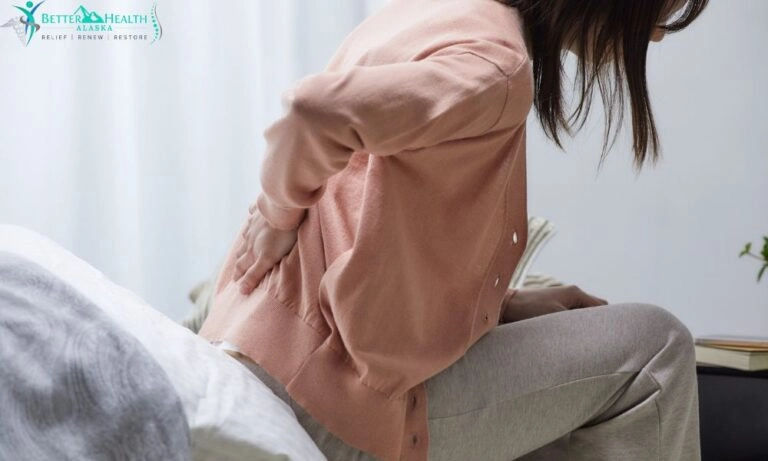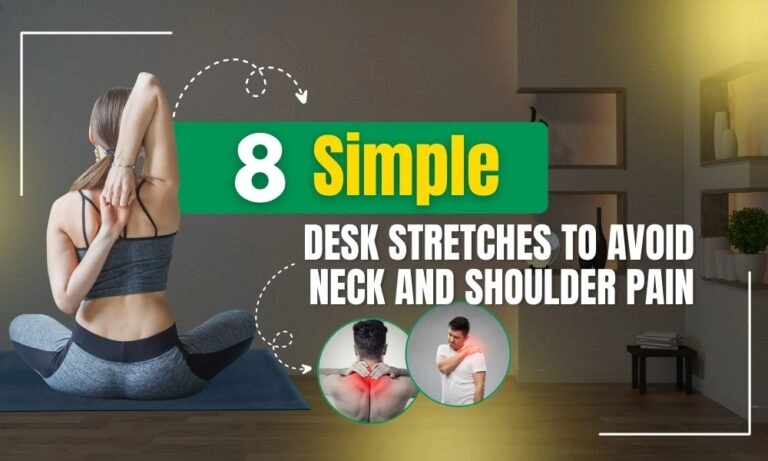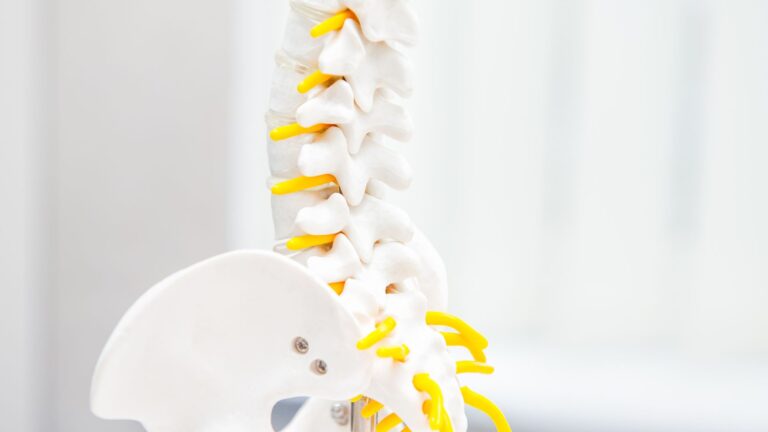If you suffer from pain caused by an issue at the l5-s1 level, you know how infuriating it can be – even enervating. The pain can ruin your day and make your life a living misery.
But don’t worry. Our Anchorage chiropractors have your back.
There are a number of exercises you can perform to help relieve your pain. These special exercises can be targeted at the l5-s1 level and lumbar regions of the spine specifically as recommended by yours truly, a chiropractor for back pain in Anchorage. We’ll go through a list of ten such exercises you can do to do just that.
However, remember that every individual is unique and not every exercise may be suitable for everyone. Always seek the advice of a medical professional when changing your exercise routine.
All told, there are a host of exercises from multiple disciplines and styles that can be used to help relieve pain and treat the condition. The key is to work gently and slowly, then gradually increase the difficulty. Common gentle exercises include walking, cycling, or swimming. Other, more complicated exercises, are as follows:
1) Hamstring Stretch
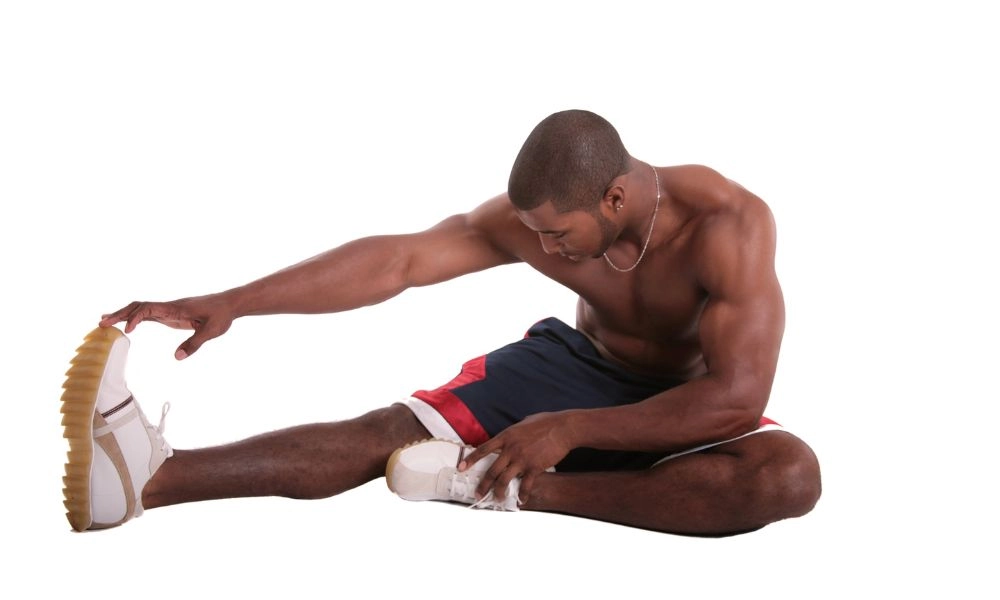
This is a common stretch used in running and other sports by athletes. Like other stretches, it can be modified for therapeutic purposes. One of the simplest such modifications involves using a chair.
- Sit in a sturdy chair.
- Extend one leg in front of you allowing a small bend at the knee..
- Slowly lean forward while reaching towards your foot.
- Hold for several seconds.
- Repeat as needed and alternate sides.
2) Single Knee-to-Chest Stretch
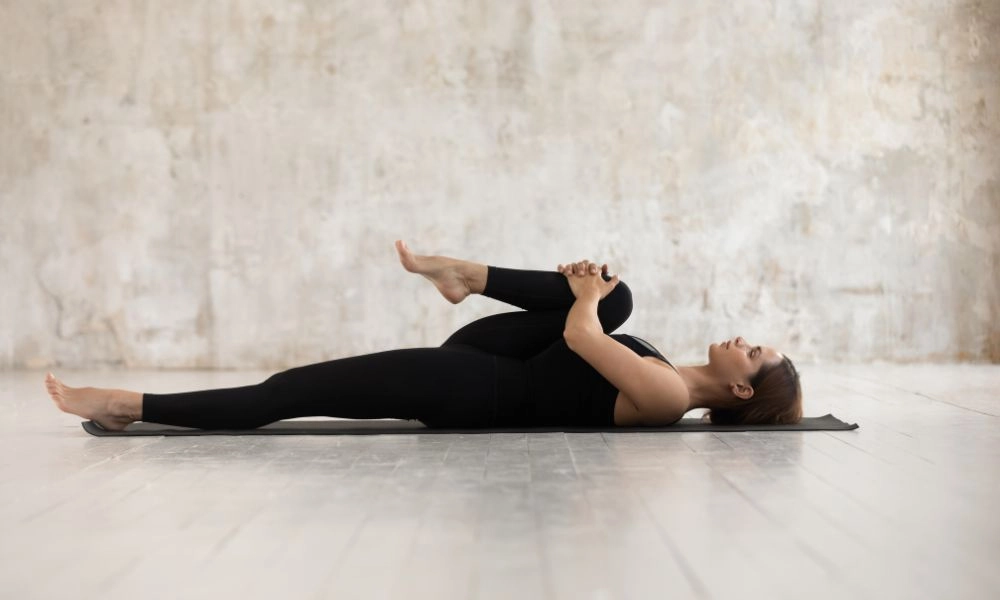
This simple stretch serves to relax and stretch out the muscles around the l5-s1 area.
- Lie supine (face up) on the ground. Keep your knees bent with feet on the floor.
- Pull one knee in toward your chest, while at the same time keeping the other knee bent.
- Stop when you feel a stretch.
- Alternate as needed.
To increase the difficulty, lower the opposing foot to the floor (straighten that knee out).
3) Standing Extension (Flexing Backward)

The thinking behind this stretch is that it serves to reverse the accumulated stress and strain that may be brought about by certain bad habits of daily living. This includes things like poor posture while walking or sitting, using a non-ergonomic workstation, or a host of other things that serve you ill over the long term.
- Start by standing in place and making sure your posture is correct
- Place your hands behind your pelvis and bend backward.
- Look at the ceiling and hold for a second or two.
- Return to standing.
- Repeat several times.
4) The Half Cobra
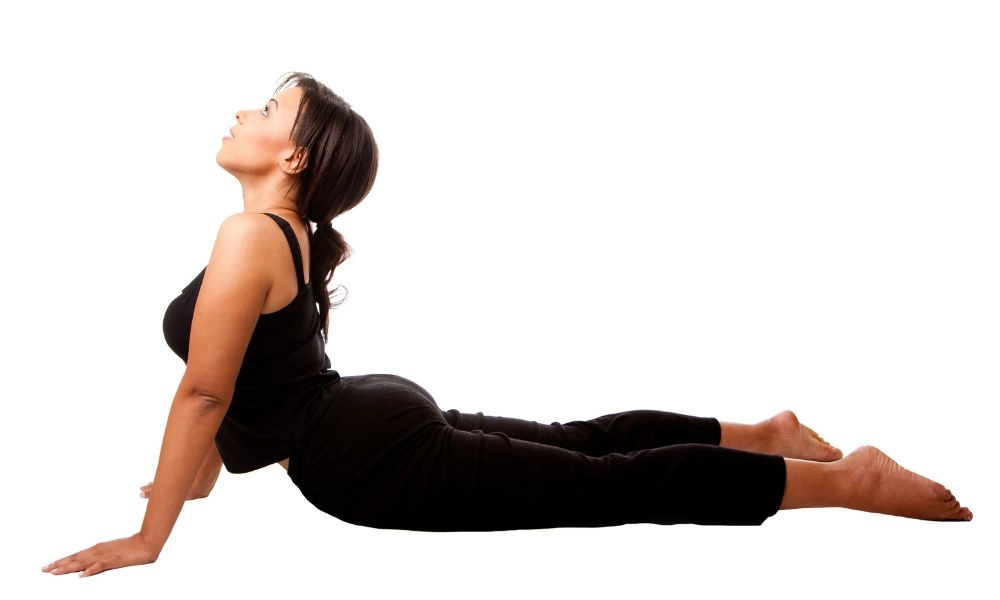
The half cobra is one of several stretches taken from the Indian discipline of yoga. Much like the standing extension, the half cobra serves to help push a slipped disc and its herniating material back into a proper position. It does this by creating space on one end of the vertebrae and closing space on the other. The disc, caught between such changes, will, naturally, be encouraged to flow back toward the widening area.
- Like many other yoga poses, the Half Cobra begins with the patient lying prone (face down on the stomach) with hands palm down on either side of the shoulders.
- The patient then pushes his/her upper body skyward and props themselves up on their elbows. Meanwhile, the hips must remain firmly placed against the floor.
- Hold the position for 20 seconds or so. Repeat several times.
5) The Full Cobra
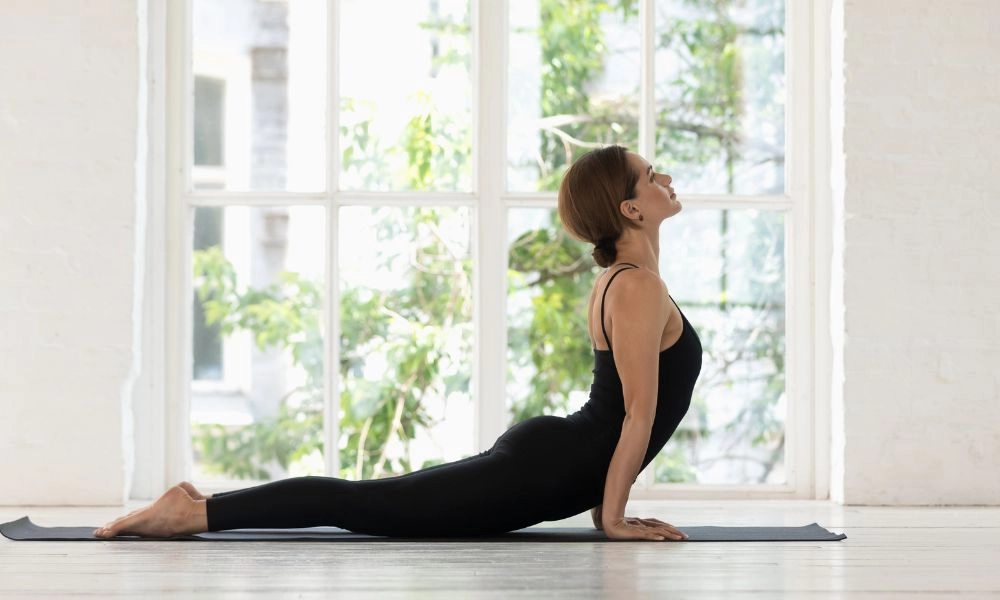
Like the half cobra, the full cobra, too, comes from the ancient Eastern discipline of yoga. It is a similar, but more advanced stretch, to the half cobra, and it serves the same purpose. That is, it can assist in easing a bulging disc back into a proper position – among other things – as well as serving to “centralize” pain or other issues.
Centralization is, essentially, the reversal of “radiculopathy.” Radiculopathy refers to the occurrence of symptoms at a location on the body that is some distance from the cause. For example, sciatic at the l5-s1 may cause pain in a leg. That pain is called radial pain and through centralization, treatment can cause that pain to retreat to the lower back (where it originates) and, ultimately, to disappear.
- The full cobra begins like the half. Lie face down in the prone position with your palms on either side of your shoulders.
- Press down and lift your upper back skyward while keeping your hips, legs, and stomach affixed to the floor.
- Hold for a short period. Then relax.
- Repeat several times.
6) Cat-Cow
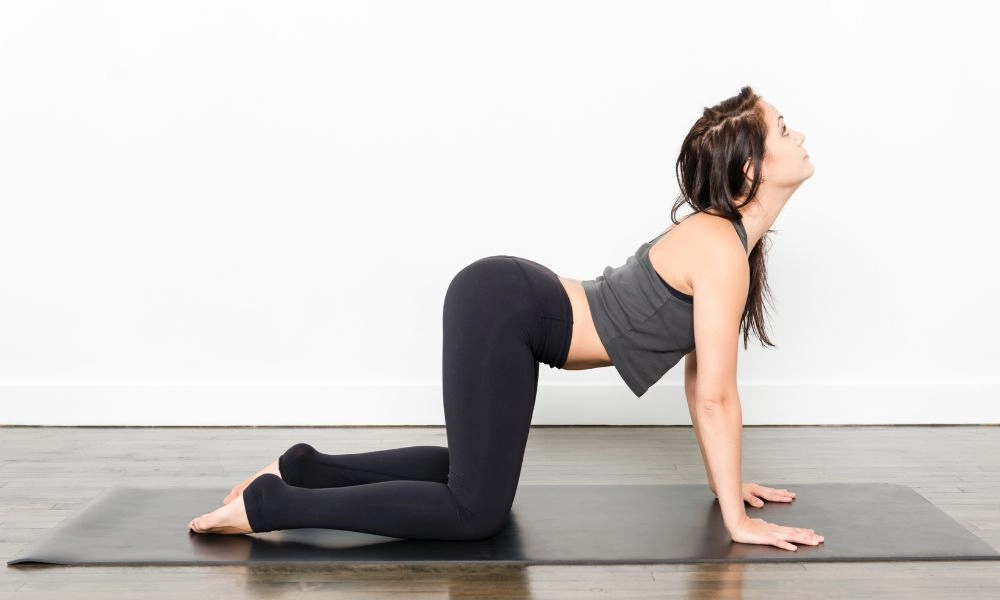
The cat-cow is actually a combination of two different yoga poses. Again, the goal is to relieve pressure on a herniated disc (one of the more common issues that can develop at the l5-s1 level). It does this by opening space between the vertebrae by flexing first one way then the other.
First, there is the cow pose:
- Start on your hands and knees as if ready to start crawling.
- Inhale and drop your stomach towards the ground.
- Lift your head and look up.
- Hold
Move into the cat pose and reverse.
- Exhale while rounding your back, at the same time, and sucking in your stomach.
- Curve your neck slightly to look downward
- Hold
7) Pelvic Lifts
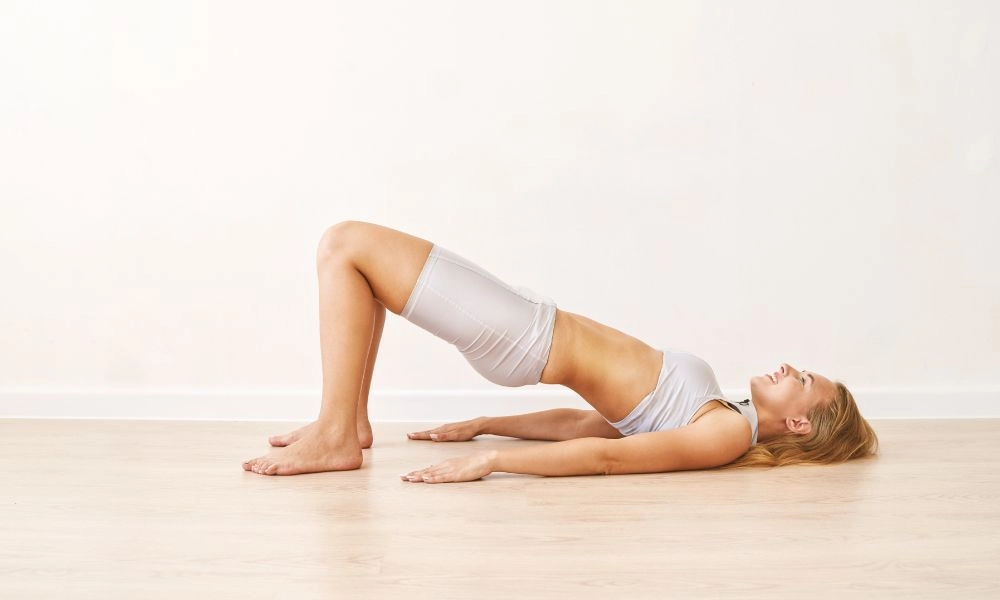
This is another exercise designed to strengthen the muscles of your lower back in and around your pelvic region. Again, this serves to reverse current low back problems and prevent other problems from developing. It also serves to maintain good posture.
- Lie supine on the floor (face up).
- Bend both knees.
- Cross both arms and hold them into your chest
- Lift the pelvis
- Hold for several seconds.
Over time, you can increase the duration as needed.
8) The Bird Dog Stretch

This exercise builds strength in the core muscles and the back. Developing muscular strength serves to “lock in gains.” Strong back muscles and core muscles help a patient maintain proper posture. This, in turn, prevents a lot of issues that can develop where poor posture and bad habits have become the norm.
- Like the cat and cow, this pose begins on your hands and knees. Just make sure your hands are placed beneath your shoulders while your knees beneath your hips.
- Contract your core as much as you can.
- Keeping your core tight, lift and straighten your left arm in front of you while lifting and straightening your right leg away from you. Lift each one to the level of your torso.
- Hold for a couple seconds then slowly return to your starting position.
- Repeat several times but alternate sides.
9) The Plank
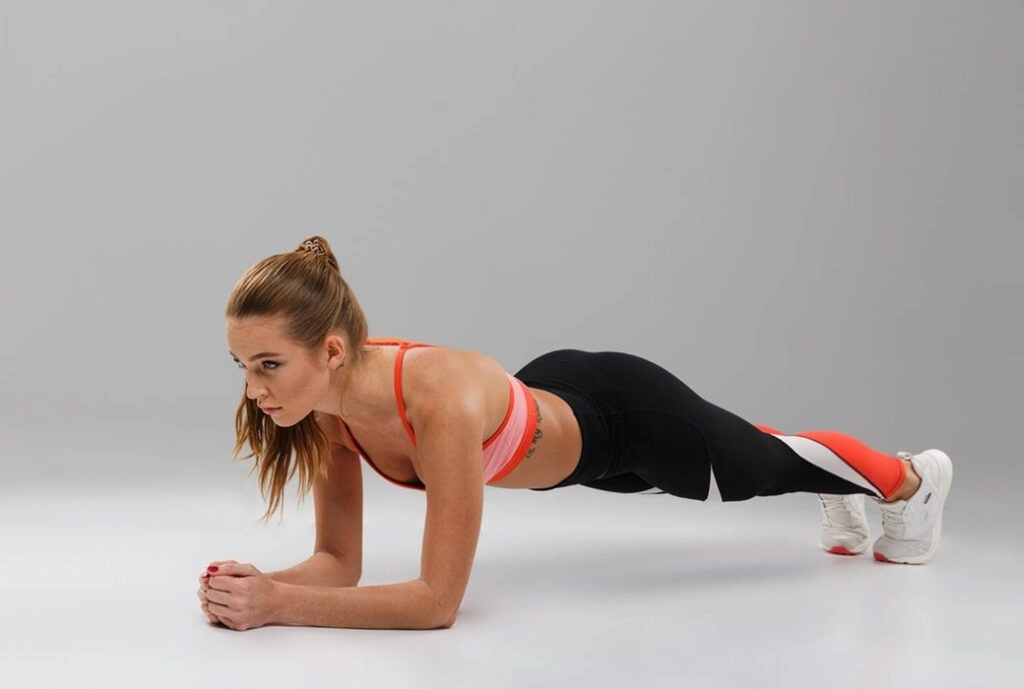
The plank is another stretch that has origins in yoga. Like the Bird Dog, it serves to strengthen certain muscle groups. In this case, it strengthens your core muscles and your gluteal muscles.
- Begin this stretch lying prone on the floor with your forearms against the mat.
- Lift your body so that you are only in contact with the floor through your forearms and toes. Engage your core.
- Make sure your spine remains neutral
- Hold for half a minute or so.
- Lower yourself to the floor, and then repeat a few times.
Exercises and Activities To Avoid in Anchorage, AK
While there are a whole slew of exercises that can help you relieve your pain, there are some that you should avoid. It’s crucial to be mindful of specific exercises to avoid when you have l5-s1 disc problems that could exacerbate the condition. They may do this by twisting the spine thereby creating more pressure, or pushing the disc even farther out of alignment.
These include most kinds of weightlifting – crunches, squats, deadlifts, leg presses, etc… It also includes most twisting as well as high impact exercises.
As a general rule, even with the beneficial exercises listed in the section above, you should always consult a medical professional before changing your exercise routine.
Spinal Decompression by Our Anchorage Chiropractor
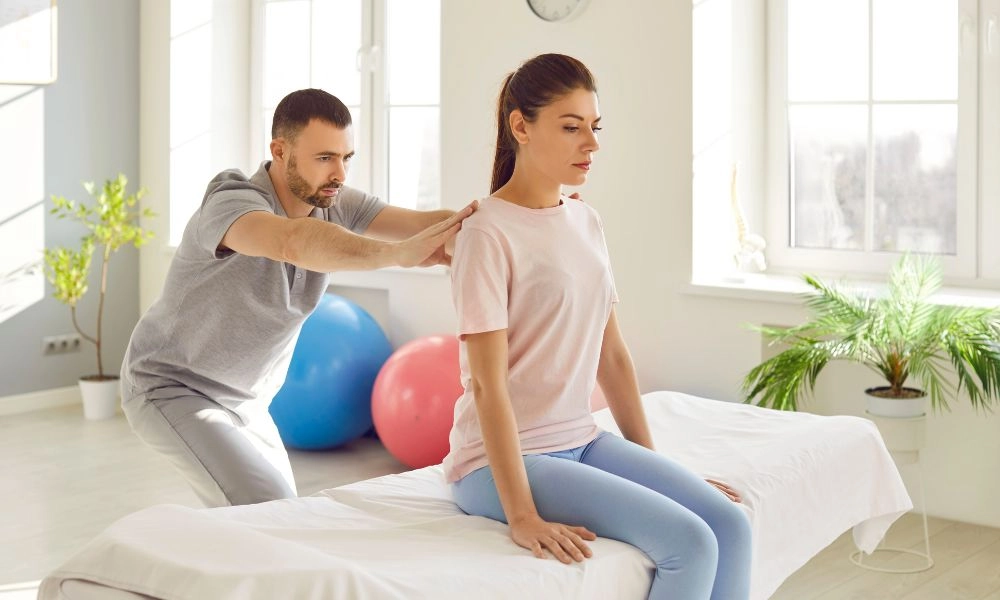
This is more of a stretch than an exercise, per se. It is done by simply grabbing and holding on to a bar, tree branch, door, or pole and then simply letting your weight hang. If necessary, you can bend your knees to make sure you are not getting support from below. The technique uses natural gravity to help stretch out your spinal column and its discs. This, in turn, can alleviate a considerable amount of pressure and can increase the distance between the vertebrae.
Other Treatment Options
In addition to developing a targeted exercise routine, there are a number of other things you can do to treat your l5-s1 condition and relieve your pain.
- Rest – Resting for the first day or two may help reduce pain and lessen inflammation. But don’t go longer than that as it will be detrimental. Muscles will stiffen and pain may increase if you stay inactive for too long.
- Stop smoking – This is excellent advice for a number of health conditions. L5-S1 issues is one of them.
- Lower your weight – Overweight individuals, with the assistance of gravity, put extra stress and weight on their discs and musculoskeletal structure. Losing excess weight can go a long way towards reducing issues.
- Anti-inflammatory Medications – Medications that target inflammation (ibuprofen, etc…) can help reduce inflammation around the l5-s1 level and thereby reduce pain.
- Heat/Cold Therapy – Alternating use of heat and cold packs can serve to reduce inflammation and eliminate pain.
- Physical Therapy – Physical Therapists (PTs) are a great resource to learn about how to target your exercises to the condition at hand (in this case, l5-s1 pain). They can help you build strength and not only solve the problem, but keep it from coming back! For more information on effective physical therapy exercises, check out this blog post.
- Chiropractic Care – Like PTs, Chiropractors are also very knowledgeable about targeting exercises for an l5-s1 issue. Also, as experts in musculoskeletal care, they have an arsenal of other tools at their disposal (spinal adjustments, etc…)
Dealing with L5-S1 Sleep Issues
Some people find that their l5-s1 pain worsens at night. In such cases, though, there are measures one can take to prevent such pain – or at least reduce it.
First, there are really three sleeping positions of concern here: sleeping on your back, sleeping on your side, or sleeping on your stomach. Of these three, the one you want to avoid the most is sleeping on your stomach. This is particularly true if you have a large stomach that will force the spine out of alignment. However, even people with a healthy weight should avoid sleeping on their stomach as it forces them to twist their neck while they sleep – and that’s never helpful.
If you sleep in either of the other two positions you can use pillows to help you sleep better. You can put a pillow either under your knees or between your legs, as needed. You also have the option of putting a rolled up towel under the small of your back or your side. Lastly, a therapeutic neck pillow is also a great tool.
The goal here is to use the pillows to maintain the natural curve of your spine. If you can do that, you should be able to alleviate a lot of the pain that has been plaguing you.
The Science of L5-S1 Pain Relief and Exercise
Before parting, let’s touch on the science of the issue. You may wonder how effective exercise is in providing relief to issues affecting the l5-s1 disc level.
To begin, let’s look at a study in the Journal of Orthopedic and Sports Physical Therapy. It found that “an immediate reduction in pain intensity of 2/10 or greater after a treatment of posterior-to-anterior-directed pressures, followed by prone press-up exercises, was associated with an increase in diffusion of water in the nuclear region of the L5-S1 intervertebral disc”. In other words, the treatment applied, in conjunction with the exercises, led to not only a specific physical response (water diffusion) but a reduction in pain correlated to that physical response. For our purposes, though, we are only concerned with the reduction in pain.
Another study, this one in the National Library of Medicine, found considerable “beneficial effects of ,,, stability exercises and specially suspension stability exercises with respect to pain alleviation and reduced use of sedatives and anti-inflammatory drugs.” Again, another supporting article.
Lastly, a study in the International Journal of Environmental Research and Public Health found that “CSE (core stabilization exercises) with ADIM (Abdominal Drawing-in Maneuver Technique)which focuses on increasing deep trunk muscle activity can reduce lumbar segmental translation and should be recommended for lumbar instability.”
As you can see, there is clear evidence that certain targeted exercises can have a significant impact on lumbar issues, such as l5-s1 issues.
Conclusion
Ultimately, do not feel that you have no recourse if you are suffering from l5-s1 pain. You do have options. However, the first thing you should do is contact a medical professional to assist you. Even if you are only just adopting new exercises – if specific pain is involved, you really do need input from a medical professional. At Better Health Alaska our team of physical therapists, chiropractors, and nurse practitioners have had decades of experience treating residents of Anchorage with their back pain and other issues. Contact us today, and we’ll get you seen and on the road to improved health!



